Mastering React Design Patterns: HOC, Render Props, and Compound Components
Introduction React is one of the most popular frontend libraries, known for its component-based architecture. However, as applications grow, managing reusability, state, and structure becomes challenging. This is where design patterns come in. In this blog, we’ll explore three essential React patterns: Higher-Order Components (HOC), Render Props, and Compound Components. These patterns help in writing scalable and maintainable code. 1️⃣ Higher-Order Components (HOC) What is a Higher-Order Component? A Higher-Order Component (HOC) is a function that takes a component and returns an enhanced component with additional functionality. HOCs are great for code reuse and logic abstraction. Example: Logging User Activity with an HOC import React from "react"; // Higher-Order Component function withLogger(WrappedComponent) { return function EnhancedComponent(props) { console.log(`Component ${WrappedComponent.name} rendered!`); return ; }; } // Regular Component function Button({ label }) { return {label}; } // Enhanced Component const ButtonWithLogger = withLogger(Button); export default function App() { return ; } When to Use HOCs? ✅ Authentication & Authorization ✅ Logging & Analytics ✅ Data Fetching & Caching 2️⃣ Render Props What is Render Props? A Render Prop is a function passed as a prop to a component. The child component then calls this function to render dynamic content. This pattern is helpful when sharing logic between components. Example: Mouse Tracker Component import React, { useState } from "react"; // Component using Render Props function MouseTracker({ render }) { const [position, setPosition] = useState({ x: 0, y: 0 }); const handleMouseMove = (event) => { setPosition({ x: event.clientX, y: event.clientY }); }; return {render(position)}; } // Using MouseTracker in App export default function App() { return ( ( Mouse Position: ({x}, {y}) )} /> ); } When to Use Render Props? ✅ Handling state across multiple components ✅ Animation effects ✅ Form handling 3️⃣ Compound Components What is a Compound Component? A Compound Component is a pattern where multiple components work together as a single unit, allowing for a clean and flexible API. This pattern is useful for designing reusable UI components like tabs, modals, and accordions. Example: Custom Tabs Component import React, { useState } from "react"; function Tabs({ children }) { const [activeIndex, setActiveIndex] = useState(0); return React.Children.map(children, (child, index) => { if (child.type === TabList) { return React.cloneElement(child, { activeIndex, setActiveIndex }); } if (child.type === TabPanel) { return activeIndex === index - 1 ? child : null; // Only show active panel } return child; }); } function TabList({ children, activeIndex, setActiveIndex }) { return React.Children.map(children, (child, index) => React.cloneElement(child, { isActive: activeIndex === index, onClick: () => setActiveIndex(index), }) ); } function Tab({ children, isActive, onClick }) { return ( {children} ); } function TabPanel({ children }) { return {children}; } // Usage export default function App() { return ( Tab 1 Tab 2 Content of Tab 1 Content of Tab 2 ); } When to Use Compound Components? ✅ Tabs & Accordions ✅ Modals & Dialogs ✅ Dropdown Menus Conclusion React Design Patterns help in writing scalable, reusable, and maintainable code. Here's a quick summary: Pattern Use Case Example Higher-Order Components (HOC) Code reuse, authentication, analytics withLogger(Component) Render Props Dynamic UI rendering, sharing state {render: (props) => } Compound Components Designing flexible, reusable UI components Each pattern has its strengths, and choosing the right one depends on the problem you are solving. Mastering these patterns will make you a better React developer!

Introduction
React is one of the most popular frontend libraries, known for its component-based architecture. However, as applications grow, managing reusability, state, and structure becomes challenging. This is where design patterns come in. In this blog, we’ll explore three essential React patterns: Higher-Order Components (HOC), Render Props, and Compound Components. These patterns help in writing scalable and maintainable code.
1️⃣ Higher-Order Components (HOC)
What is a Higher-Order Component?
A Higher-Order Component (HOC) is a function that takes a component and returns an enhanced component with additional functionality. HOCs are great for code reuse and logic abstraction.
Example: Logging User Activity with an HOC
import React from "react";
// Higher-Order Component
function withLogger(WrappedComponent) {
return function EnhancedComponent(props) {
console.log(`Component ${WrappedComponent.name} rendered!`);
return <WrappedComponent {...props} />;
};
}
// Regular Component
function Button({ label }) {
return <button>{label}</button>;
}
// Enhanced Component
const ButtonWithLogger = withLogger(Button);
export default function App() {
return <ButtonWithLogger label="Click Me" />;
}
When to Use HOCs?
✅ Authentication & Authorization
✅ Logging & Analytics
✅ Data Fetching & Caching
2️⃣ Render Props
What is Render Props?
A Render Prop is a function passed as a prop to a component. The child component then calls this function to render dynamic content. This pattern is helpful when sharing logic between components.
Example: Mouse Tracker Component
import React, { useState } from "react";
// Component using Render Props
function MouseTracker({ render }) {
const [position, setPosition] = useState({ x: 0, y: 0 });
const handleMouseMove = (event) => {
setPosition({ x: event.clientX, y: event.clientY });
};
return <div onMouseMove={handleMouseMove}>{render(position)}</div>;
}
// Using MouseTracker in App
export default function App() {
return (
<MouseTracker
render={({ x, y }) => (
<h2>
Mouse Position: ({x}, {y})
</h2>
)}
/>
);
}
When to Use Render Props?
✅ Handling state across multiple components
✅ Animation effects
✅ Form handling
3️⃣ Compound Components
What is a Compound Component?
A Compound Component is a pattern where multiple components work together as a single unit, allowing for a clean and flexible API. This pattern is useful for designing reusable UI components like tabs, modals, and accordions.
Example: Custom Tabs Component
import React, { useState } from "react";
function Tabs({ children }) {
const [activeIndex, setActiveIndex] = useState(0);
return React.Children.map(children, (child, index) => {
if (child.type === TabList) {
return React.cloneElement(child, { activeIndex, setActiveIndex });
}
if (child.type === TabPanel) {
return activeIndex === index - 1 ? child : null; // Only show active panel
}
return child;
});
}
function TabList({ children, activeIndex, setActiveIndex }) {
return React.Children.map(children, (child, index) =>
React.cloneElement(child, {
isActive: activeIndex === index,
onClick: () => setActiveIndex(index),
})
);
}
function Tab({ children, isActive, onClick }) {
return (
<button onClick={onClick} style={{ fontWeight: isActive ? "bold" : "normal" }}>
{children}
</button>
);
}
function TabPanel({ children }) {
return <div>{children}</div>;
}
// Usage
export default function App() {
return (
<Tabs>
<TabList>
<Tab>Tab 1</Tab>
<Tab>Tab 2</Tab>
</TabList>
<TabPanel>Content of Tab 1</TabPanel>
<TabPanel>Content of Tab 2</TabPanel>
</Tabs>
);
}
When to Use Compound Components?
✅ Tabs & Accordions
✅ Modals & Dialogs
✅ Dropdown Menus
Conclusion
React Design Patterns help in writing scalable, reusable, and maintainable code. Here's a quick summary:
| Pattern | Use Case | Example |
|---|---|---|
| Higher-Order Components (HOC) | Code reuse, authentication, analytics | withLogger(Component) |
| Render Props | Dynamic UI rendering, sharing state | {render: (props) => |
| Compound Components | Designing flexible, reusable UI components | |
Each pattern has its strengths, and choosing the right one depends on the problem you are solving. Mastering these patterns will make you a better React developer!





























































![Apple Releases macOS Sequoia 15.5 Beta to Developers [Download]](https://www.iclarified.com/images/news/96915/96915/96915-640.jpg)
![Amazon Makes Last-Minute Bid for TikTok [Report]](https://www.iclarified.com/images/news/96917/96917/96917-640.jpg)
![Apple Releases iOS 18.5 Beta and iPadOS 18.5 Beta [Download]](https://www.iclarified.com/images/news/96907/96907/96907-640.jpg)
























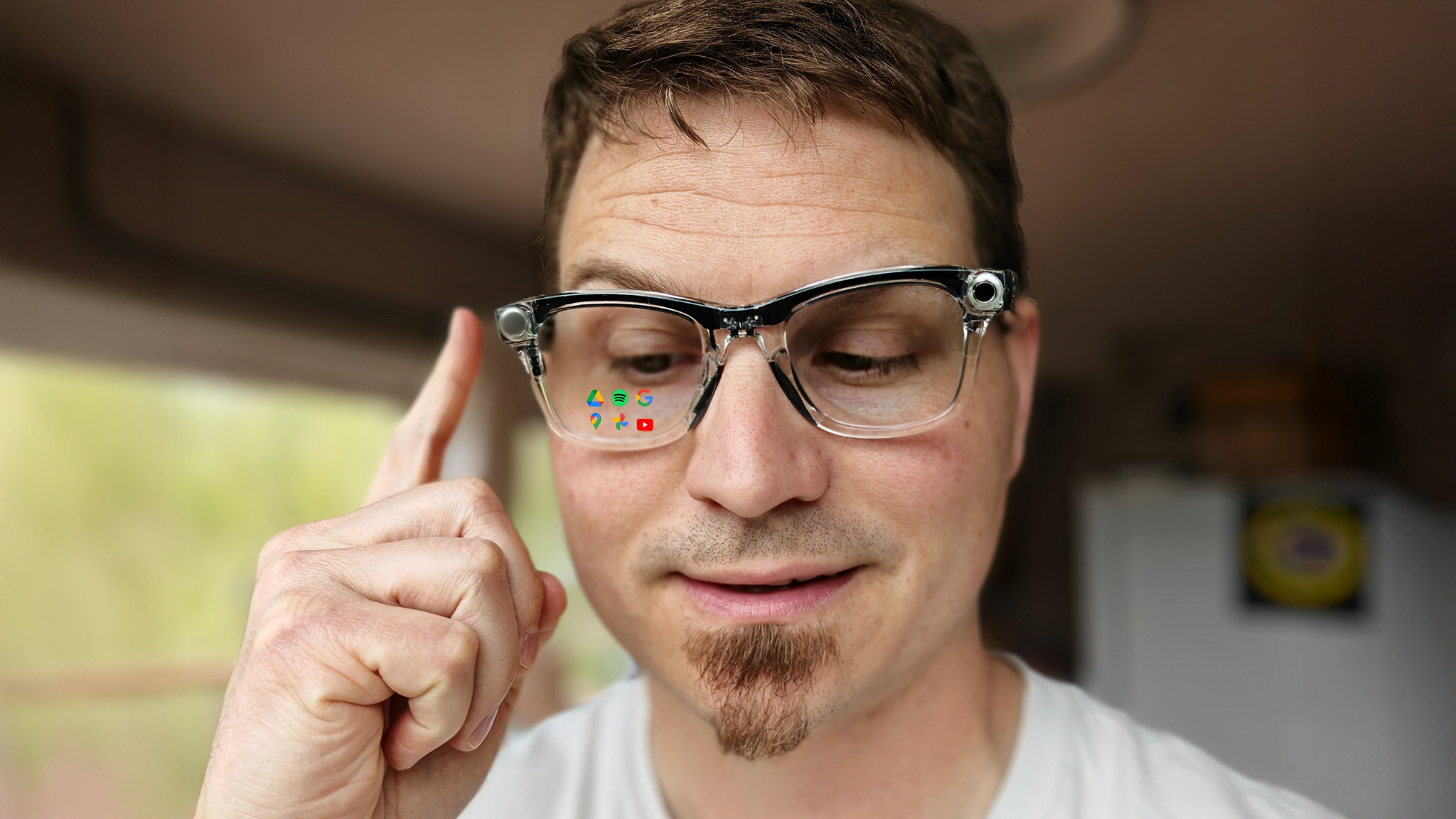









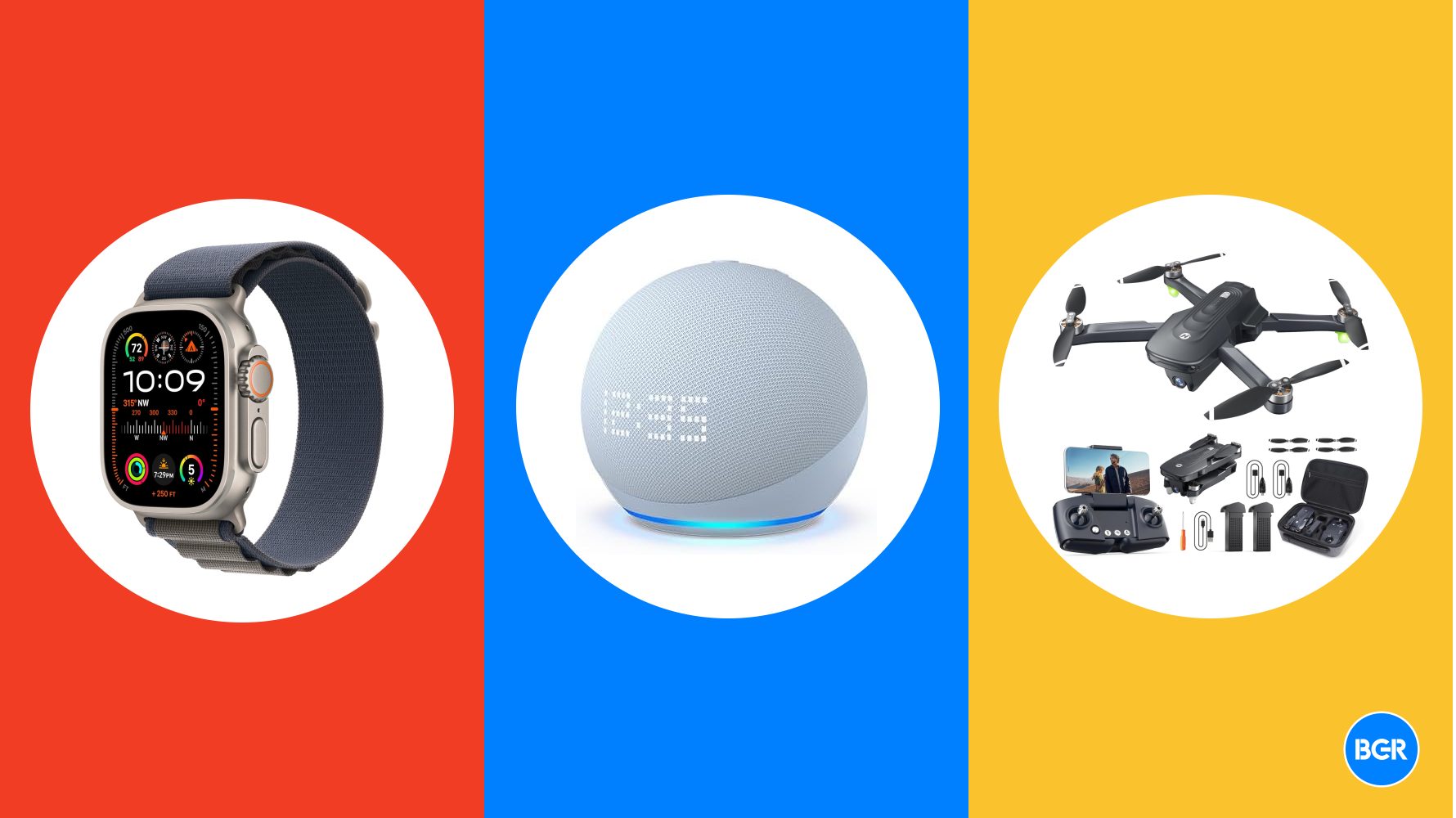





















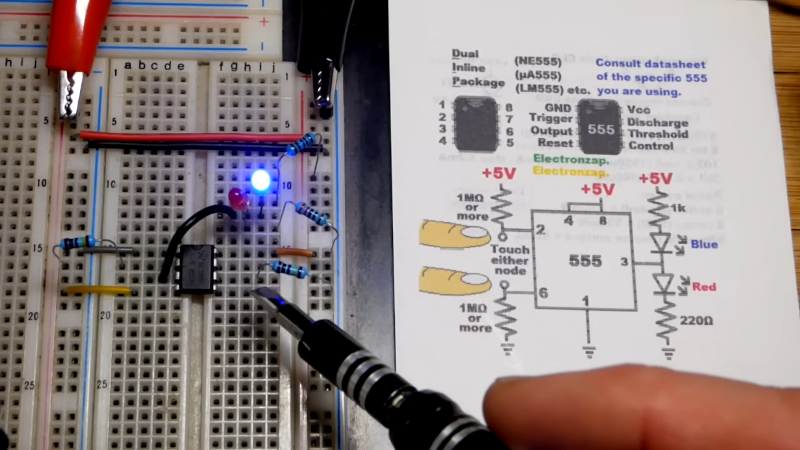
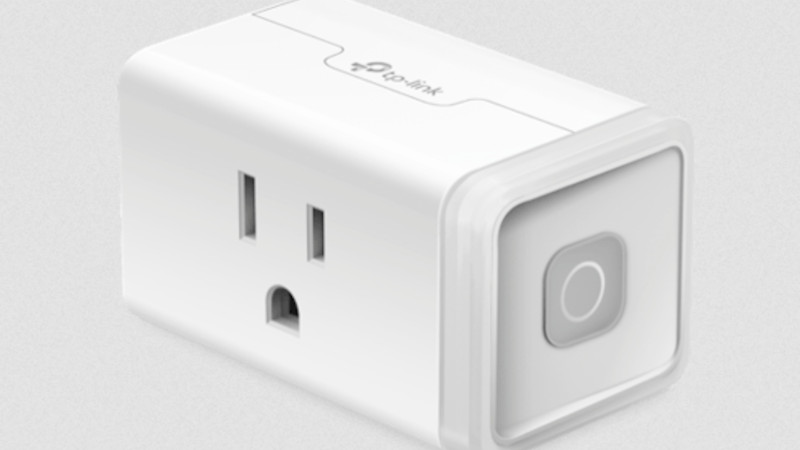











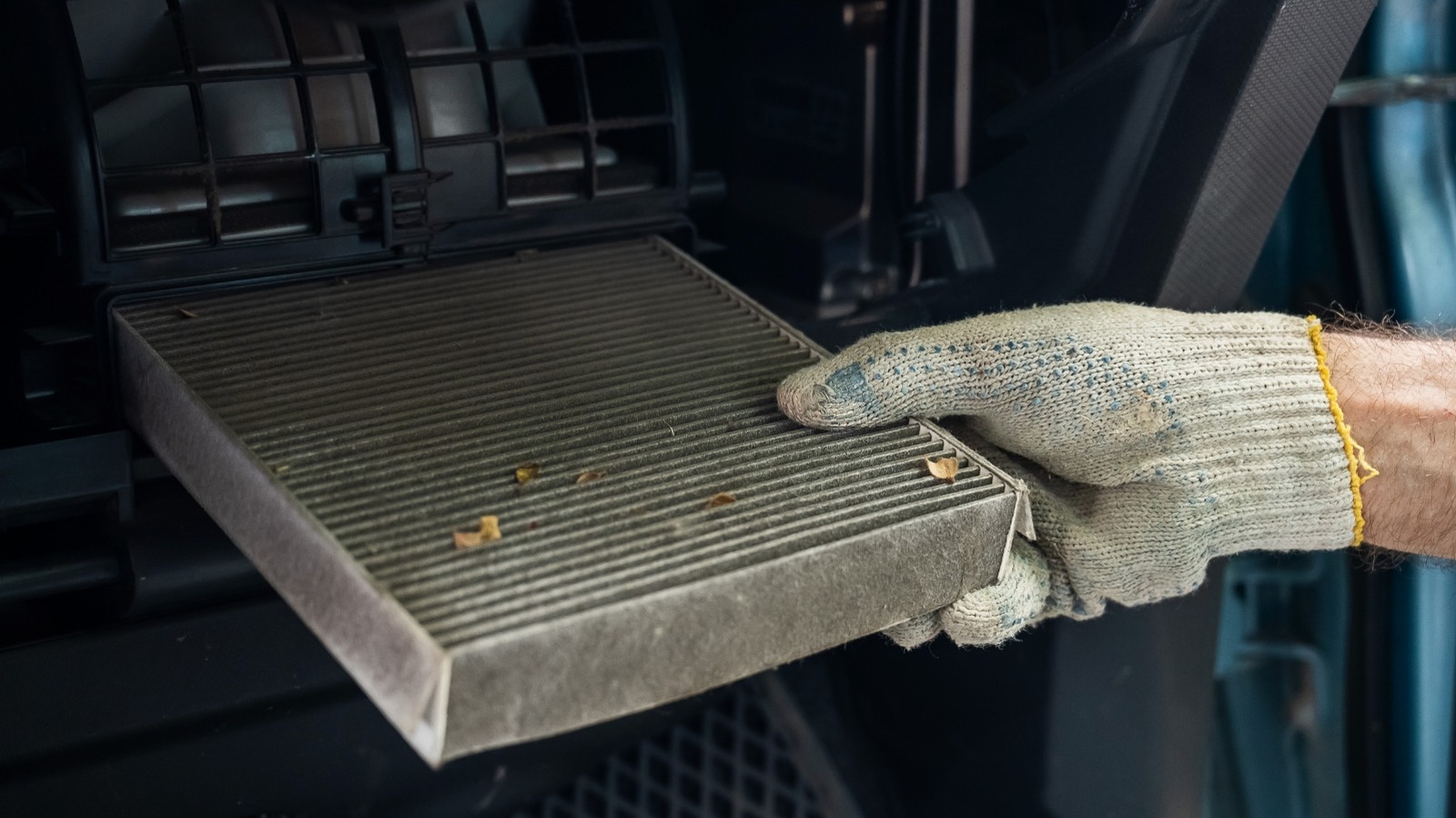








































.jpg?#)












































































![[The AI Show Episode 142]: ChatGPT’s New Image Generator, Studio Ghibli Craze and Backlash, Gemini 2.5, OpenAI Academy, 4o Updates, Vibe Marketing & xAI Acquires X](https://www.marketingaiinstitute.com/hubfs/ep%20142%20cover.png)


























































































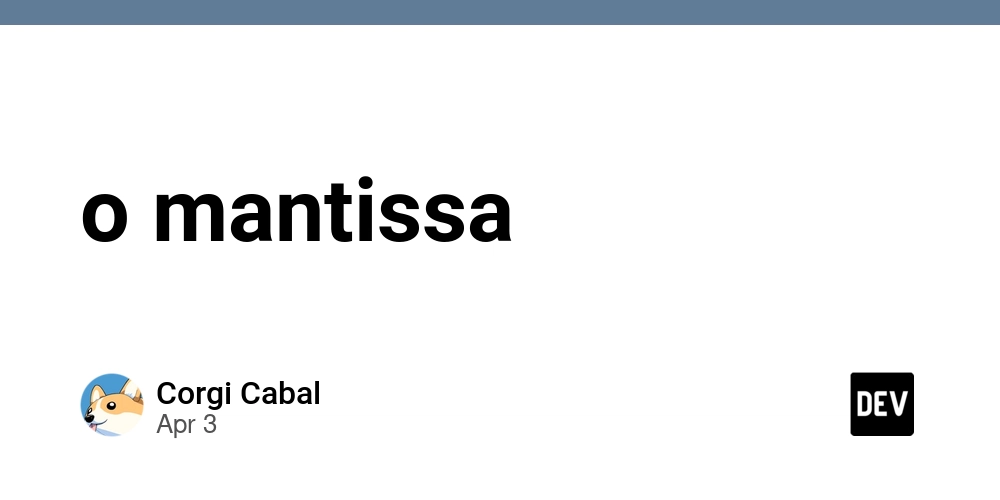





















![Is this a suitable approach to architect a flutter app? [closed]](https://i.sstatic.net/4hMHGb1L.png)




















![[DEALS] Microsoft Office Professional 2021 for Windows: Lifetime License (75% off) & Other Deals Up To 98% Off – Offers End Soon!](https://www.javacodegeeks.com/wp-content/uploads/2012/12/jcg-logo.jpg)













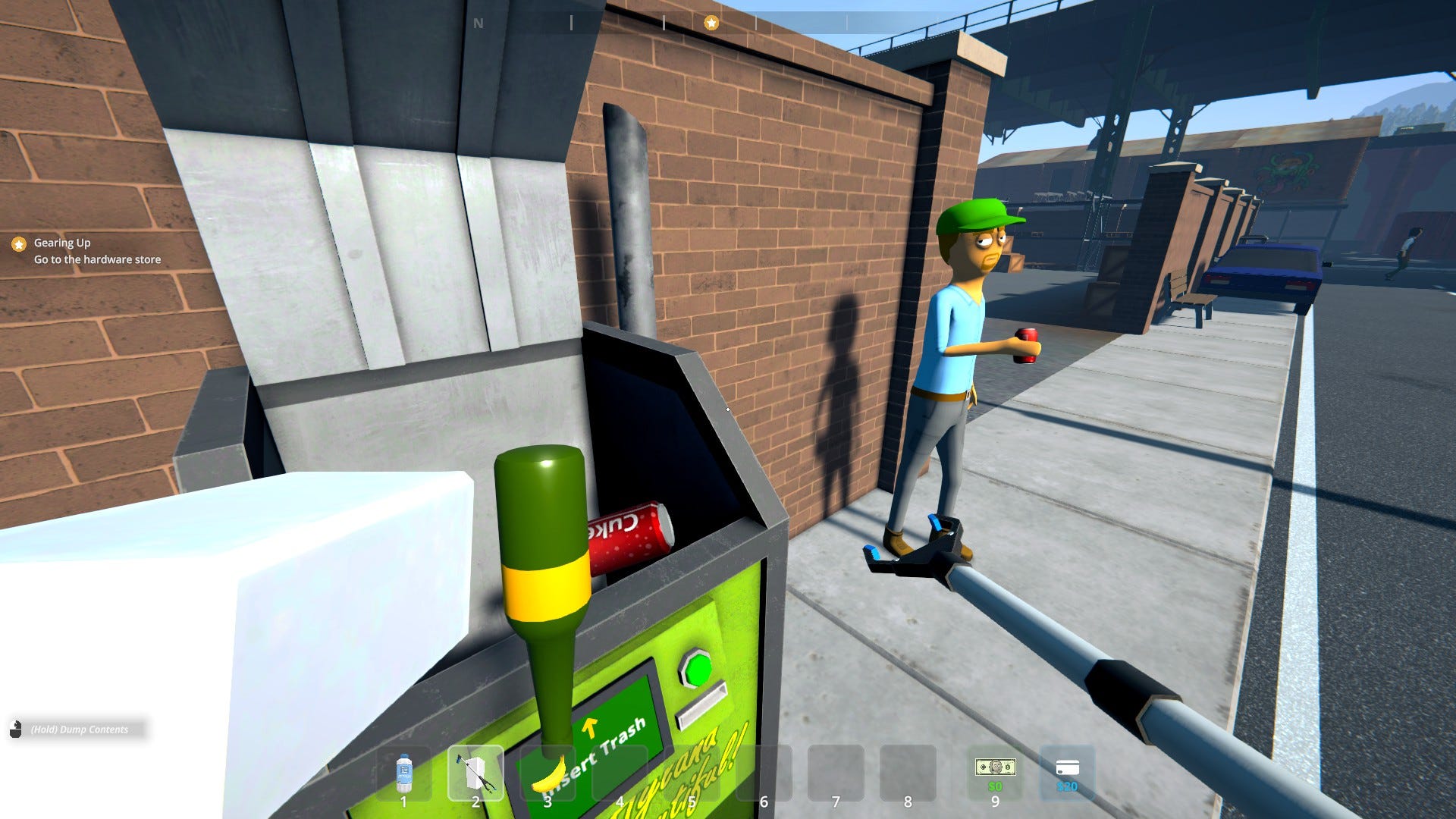













-Nintendo-Switch-2-–-Overview-trailer-00-00-32-(1)_HCqcxO1.png?width=1920&height=1920&fit=bounds&quality=80&format=jpg&auto=webp#)

































































